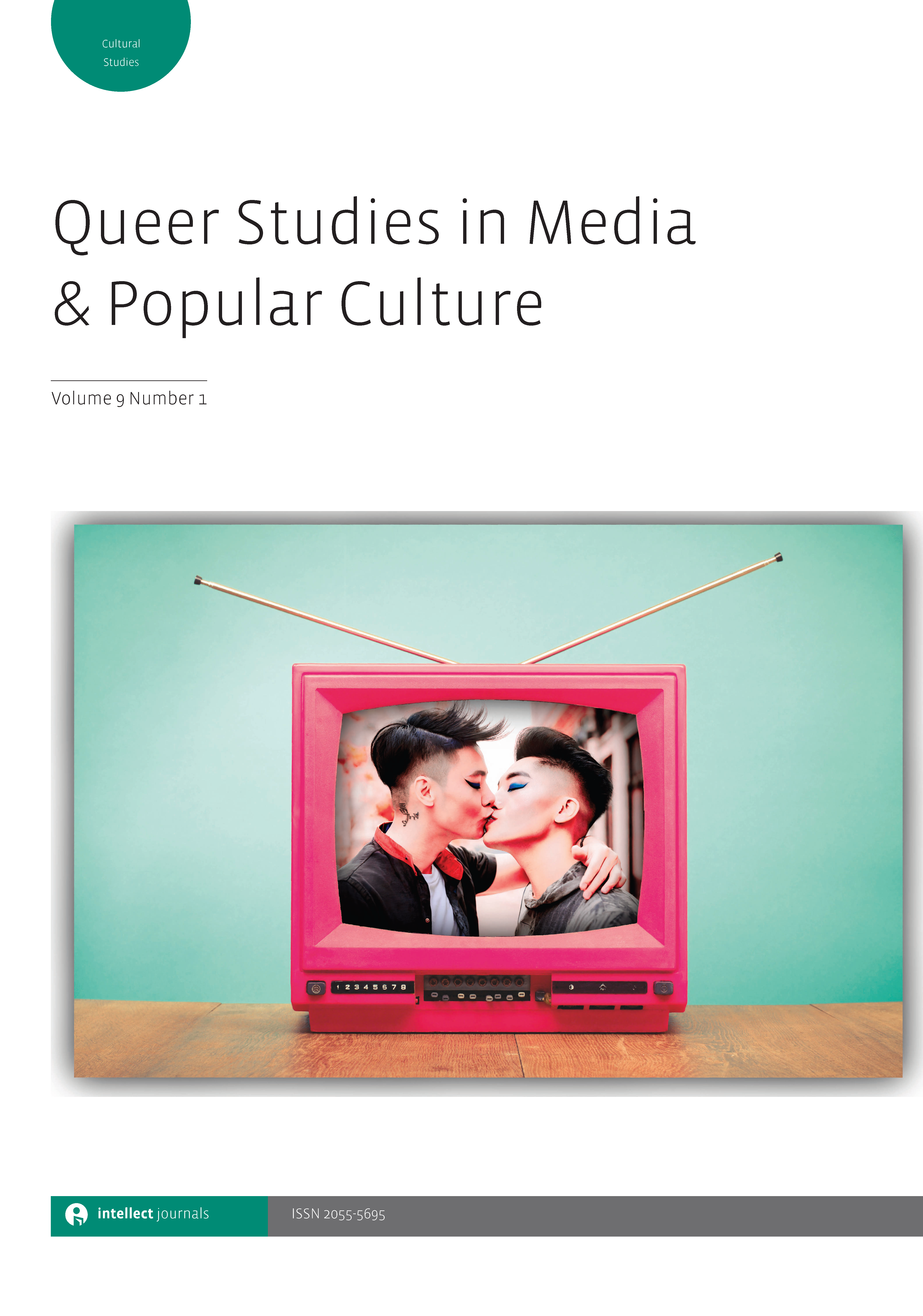
Full text loading...
 , M. Shuaib Mohamed Haneef1
, M. Shuaib Mohamed Haneef1
This article aims to explore the affective capacities of the non-lesbian and lesbian, non-disabled and disabled, moving and fleeting bodies of Laila Kapoor, who suffers from cerebral palsy, in the 2014 Hindi film Margarita with a Straw. The study examines the ontology of Laila’s disabled and sexualized body that is entangled in an assemblage of relations of other human (characters Dhruv, Nima, Jared and Khanum) and non-human (architectural space, wheelchair, laptop, voice aggregator and music) bodies in the film. Drawing on the concept of assemblage, this article examines the affective flows, desire and becomings of disabled and queer bodies within Margarita with a Straw. It demonstrates how the discursive, material, post-human subjectivity of disabled and queer bodies in the film manifests the potential to destabilize the notion of what a body is by continuously negating the social disavowal of bodies through new emergent potentials, capacities and assemblages.

Article metrics loading...

Full text loading...
References


Publication Date:
https://doi.org/10.1386/qsmpc_00117_1 Published content will be available immediately after check-out or when it is released in case of a pre-order. Please make sure to be logged in to see all available purchase options.